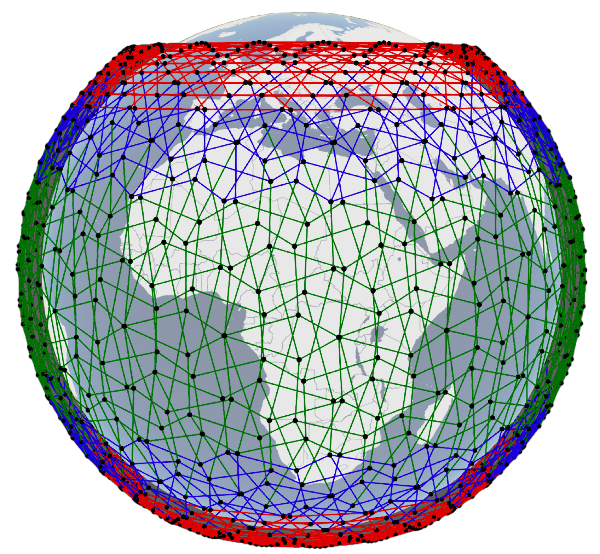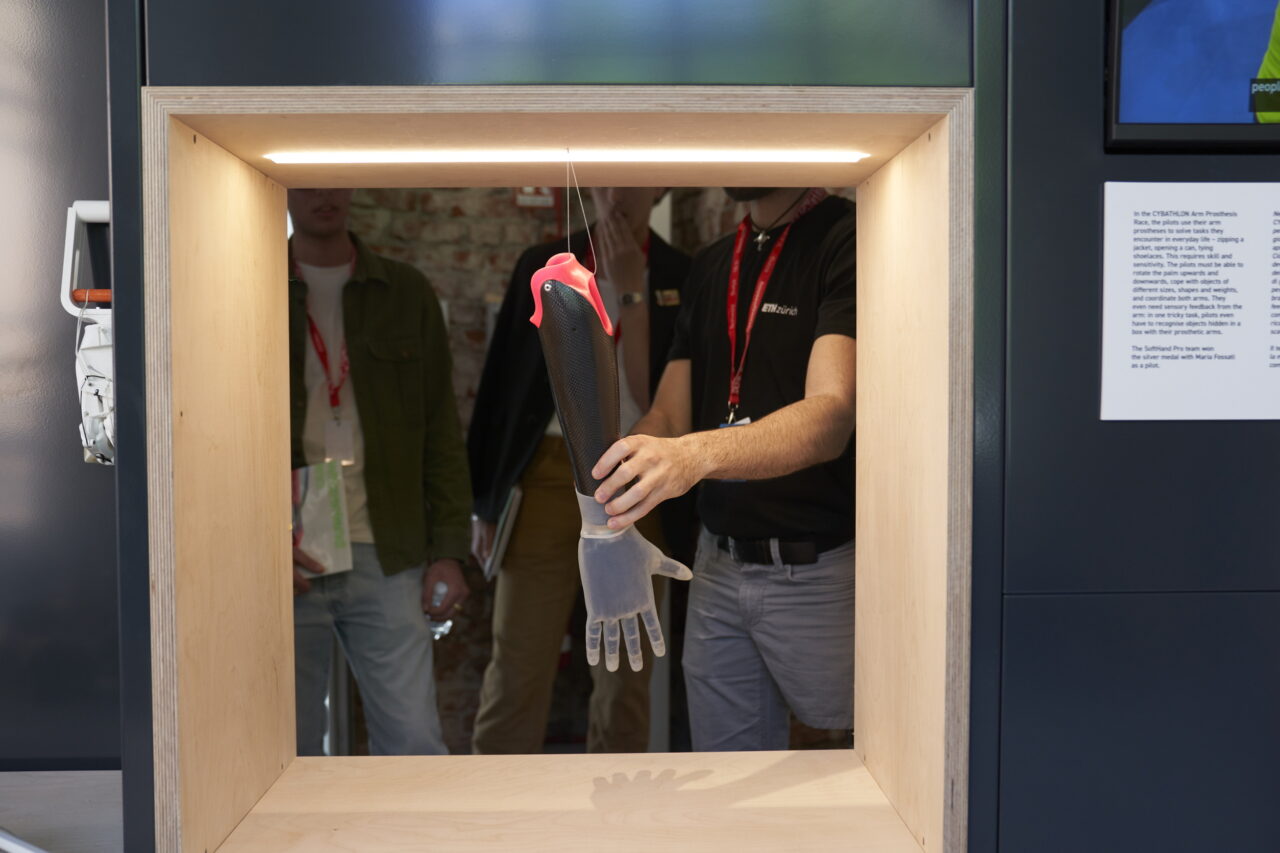Satellites flying only a few hundred kilometers above the Earth are being designed to boost the power of the internet and connect people in all areas of the world.
SkyNet is a fictional future, but "SpaceNet" may soon be real. Several companies, including SpaceX, Amazon, and OneWeb, are building constellations with thousands of low-flying satellites to bring high-bandwidth ‘Internet from space’ to the remotest corners of the world. The planned satellites would fly only a few hundred kilometers above us, potentially connecting distant locations like Zürich and Tokyo within 70 milliseconds, compared to 250+ milliseconds today.
Naturally, these are exciting times for us Computer Networking researchers; while there is great potential in these satellite constellations, they require us to rethink virtually every aspect of networking — today’s networking techniques simply weren’t designed to work for infrastructure that’s zooming around in space at 27,000 km/hour!







